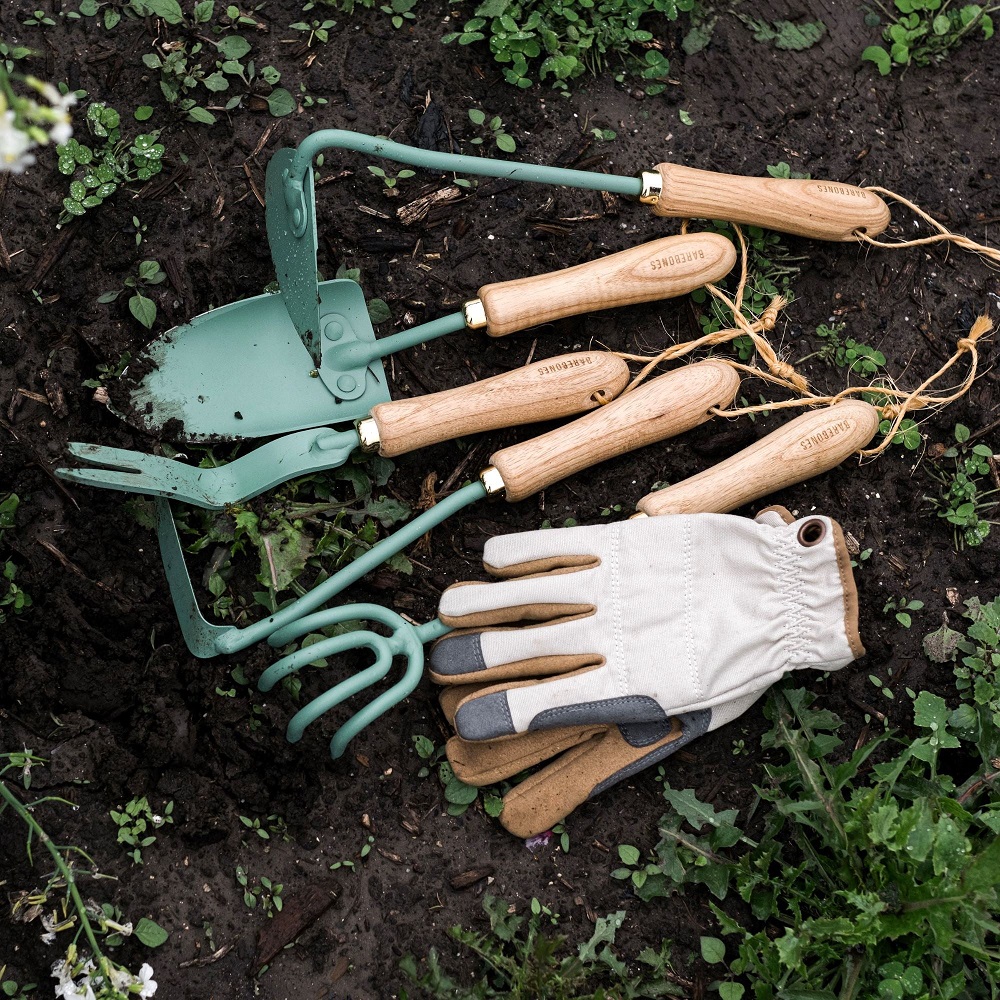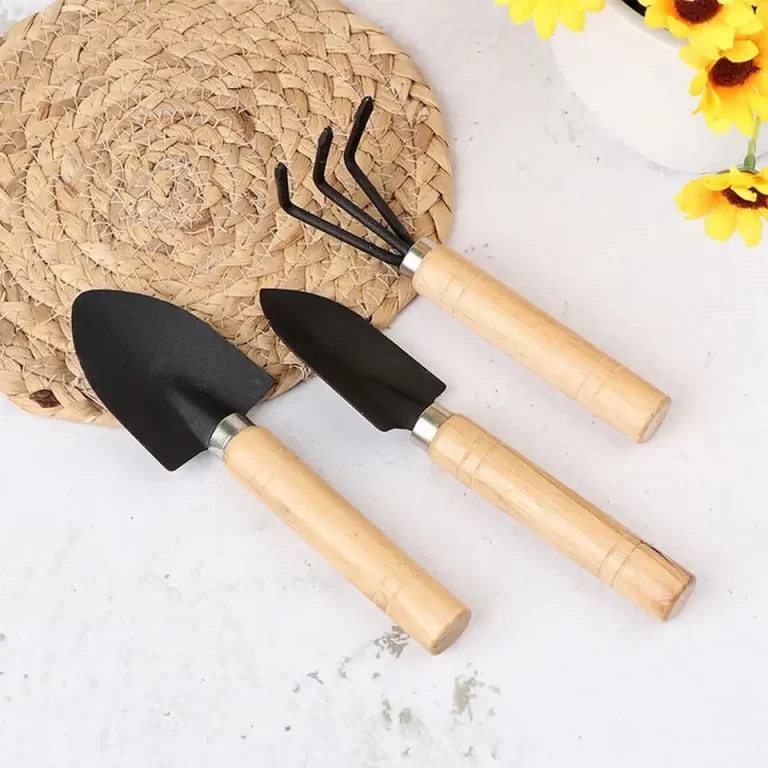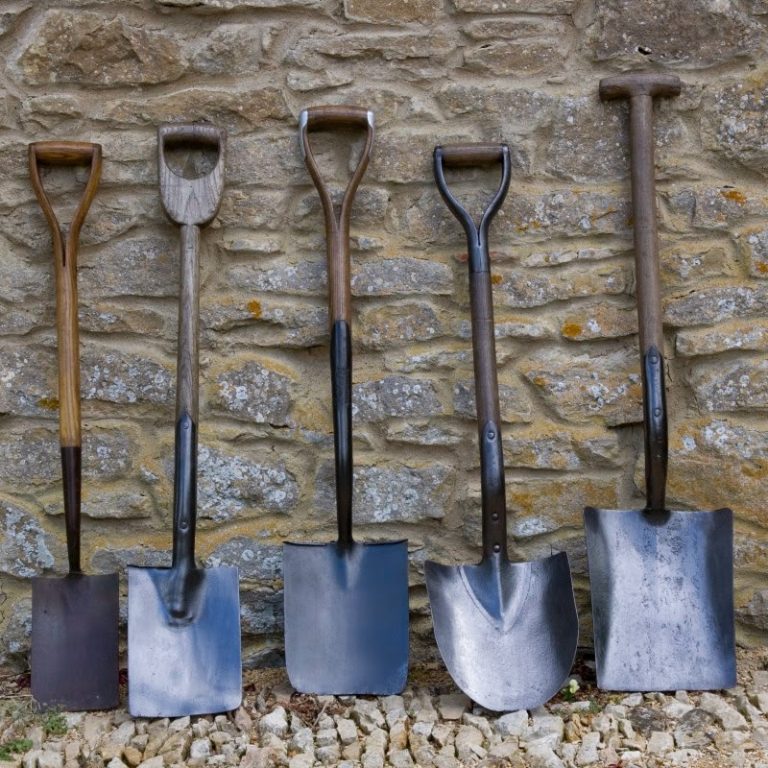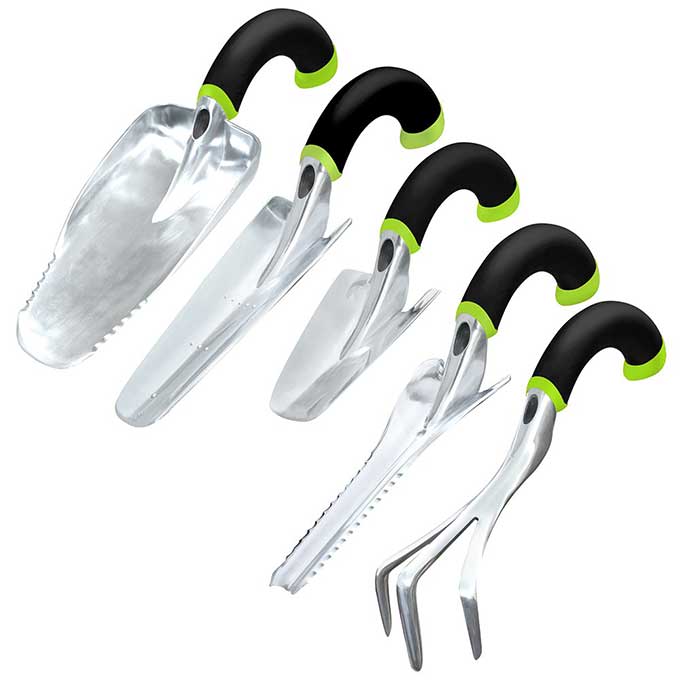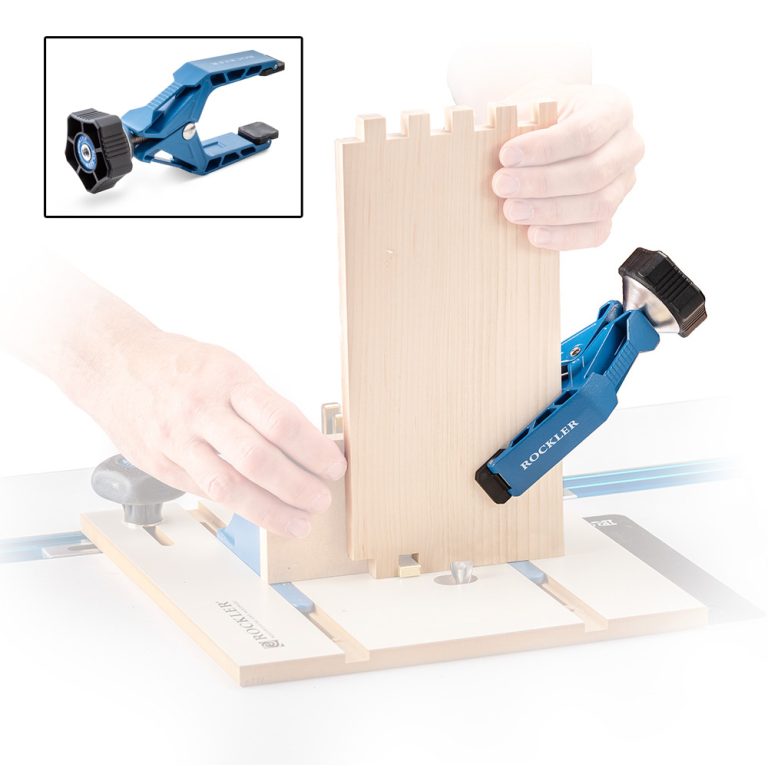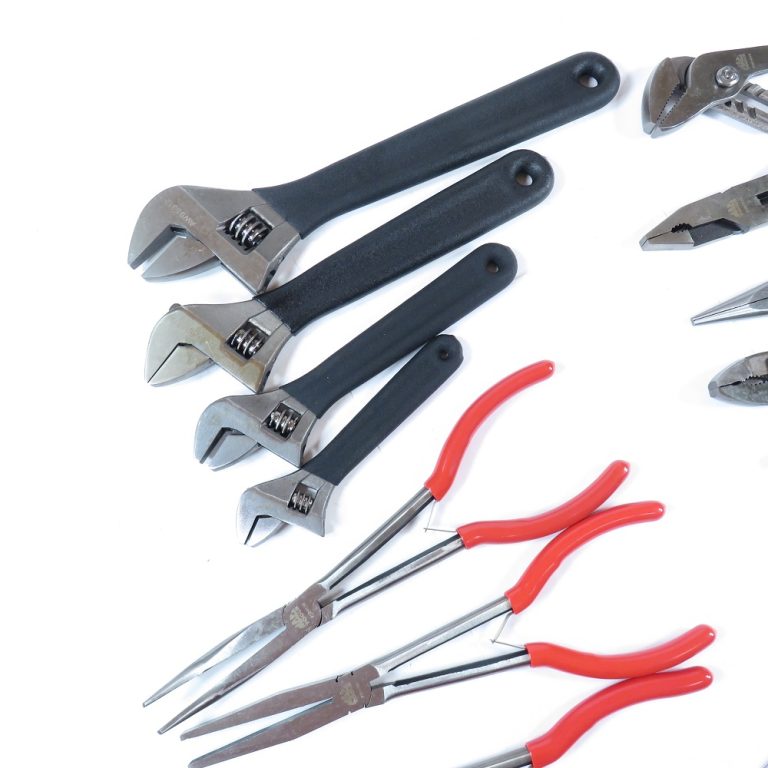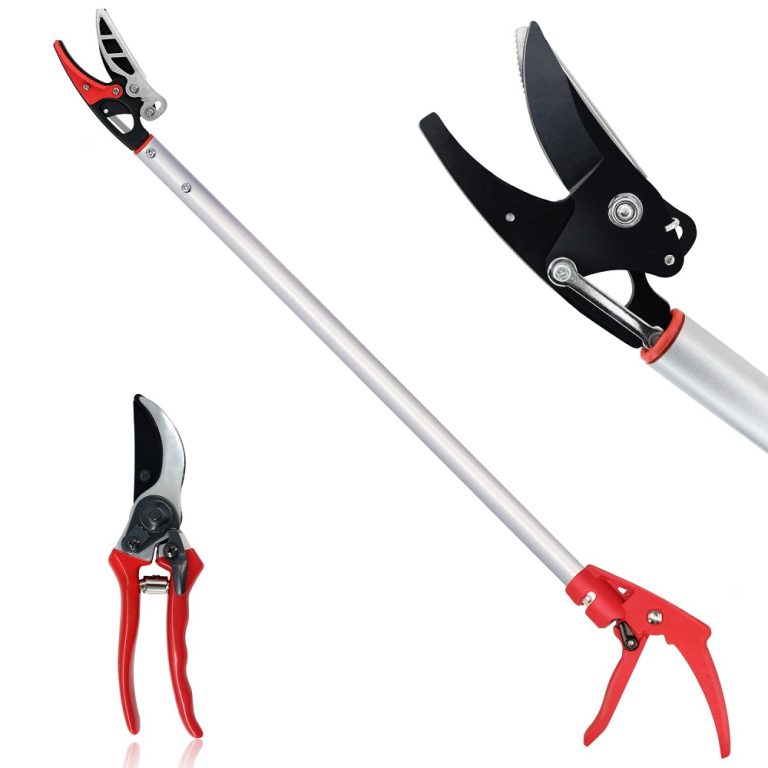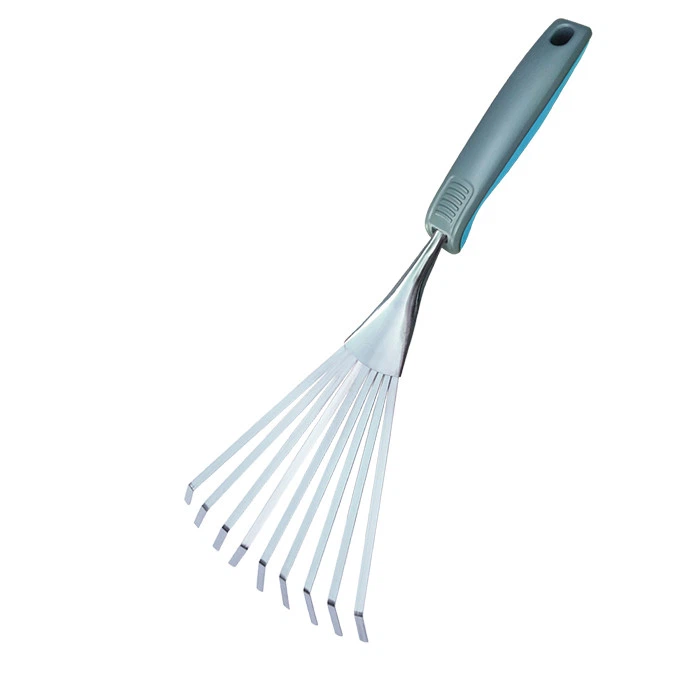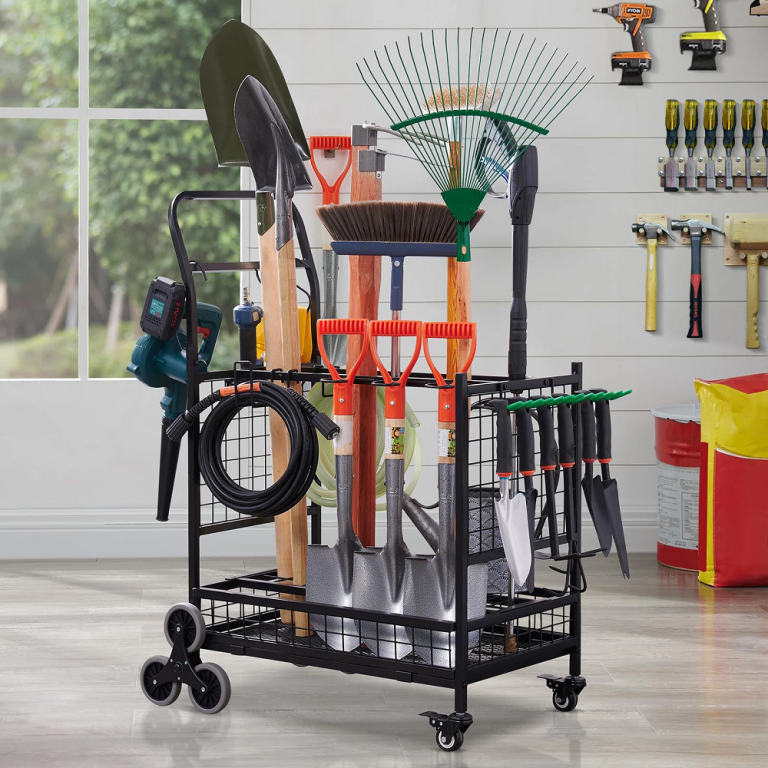Weeds are a common challenge for gardeners. They compete for nutrients, water, and sunlight, often stunting the growth of your plants. To maintain a healthy garden, effective weeding is essential. Having the right tools can make this task easier and more efficient. This article will explore various garden weeding tools that promote healthy soil and contribute to the overall success of your garden.
Importance of Weeding for Soil Health
How Weeds Impact Soil Quality
Weeds compete with plants for resources like sunlight, water, and nutrients. They can deplete soil of essential elements, reducing fertility. Certain weeds also release harmful chemicals into the soil, impacting plant growth. Their roots may disrupt soil structure, leading to erosion or compactness. Without regular removal, weeds can create an imbalance in your garden ecosystem.
Benefits of Regular Weeding
Regular weeding improves soil health and boosts plant growth. Removing weeds minimizes competition, allowing plants to thrive. It ensures water and nutrients are directed to your crops, not unwanted intruders. Weeding also maintains soil structure, preventing degradation and erosion. Additionally, consistent weeding reduces the chance of pests and diseases harbored by weeds. A weed-free garden promotes better biodiversity and yields productive soil.
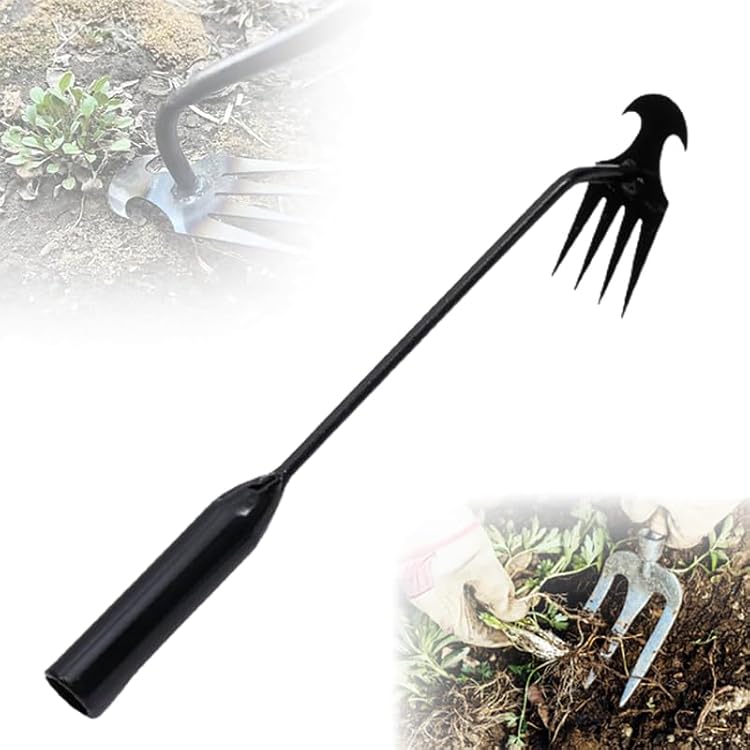
Types of Garden Weeding Tools
Choosing the right garden weeding tools is essential to keep your garden thriving. Different tools serve distinct purposes, making weeding more effective and less labor-intensive. Here’s an overview of the types of weeding tools every gardener should consider:
Hand Tools for Precision Weeding
Hand tools are perfect for small-scale weeding jobs. Common examples include hand trowels and weeding forks. These tools allow for fine, detailed work around delicate plants. Their compact size makes them ideal for container gardens and tight spaces. Hand tools are excellent for removing weeds at the base, ensuring the roots are extracted completely. Consider ergonomic handles to minimize hand strain during use. When working close to the soil, hand tools provide unparalleled control and accuracy.
Long-handled Tools for Easier Access
Long-handled weeding tools are great for reducing back strain. Popular options include hoes and weed pullers. These tools allow you to stand upright while pulling out weeds, making the task easier. They are best for larger garden areas where precision is less critical. Long-handled tools also help you reach into hard-to-access spots without kneeling. Some tools come with angled blades for cutting weeds at the root level. Choose sturdy materials like metal for strength and long-term durability.
Specialized Weeding Tools for Tough Spots
Specialized tools help tackle challenging areas and tough weeds. Crack weeders are designed to remove weeds between pavement stones or cracks. Dandelion pullers are excellent for extracting deep-rooted weeds like dandelions. Some tools have serrated edges to deal with stubborn roots. These specialized tools make weed removal efficient in tough or unique areas. Investing in such tools saves time and ensures thorough weeding in tricky spots.
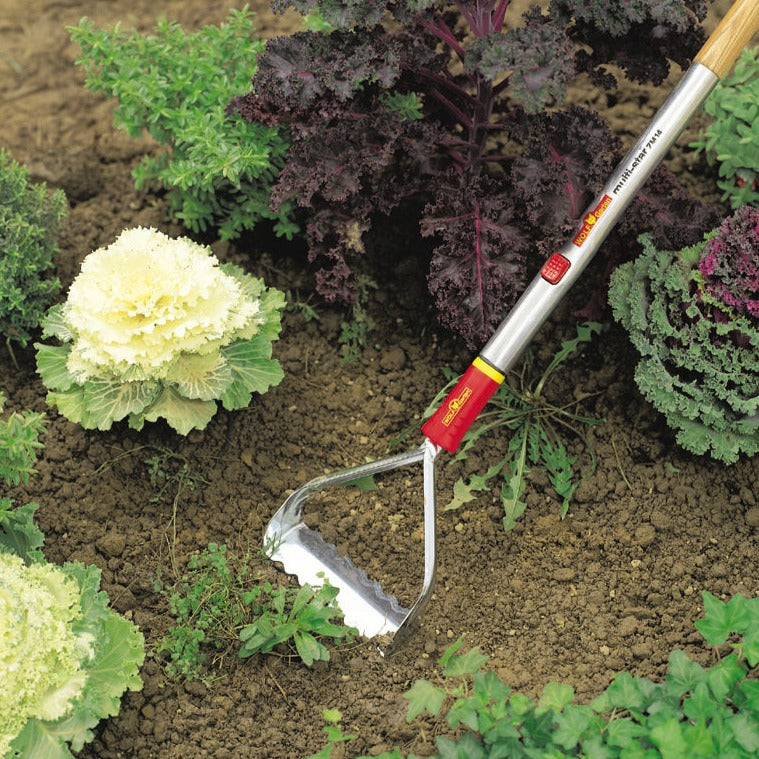
Key Features to Look for in Weeding Tools
When selecting garden weeding tools, it’s essential to focus on their key features. The right tools can make weed removal efficient and reduce physical strain. Here are some important aspects to consider:
Ergonomic Design for Comfort
Ergonomic designs reduce hand and back strain during extended use. Look for tools with cushioned or molded handles. Tools with adjustable features can fit different hand sizes comfortably. Comfortable designs promote efficiency while minimizing fatigue. Long-handled tools with angled grips improve posture and ease repetitive movements. Prioritizing ergonomic comfort is key for avid gardeners.
Durability and Material Considerations
Durable tools ensure long-term use without frequent replacements. Materials like stainless steel resist rust and wear. Strong handles made of hardwood or reinforced plastic provide high durability. Solid construction ensures tools can handle tough weeds and rough soil. Choose tools with bolts or welded parts to avoid breakage. Investing in quality materials pays off over time.
Size and Weight for Optimal Usage
Proper size and weight make tools easier to handle. Lightweight tools reduce effort and prevent strain. Compact designs are useful for working in tight spots or small gardens. Larger tools offer speed for extensive weeding but can be harder to store. Balance the tool’s weight and size with your garden’s size and your physical ability. Adjustable-length handles are ideal for flexibility.
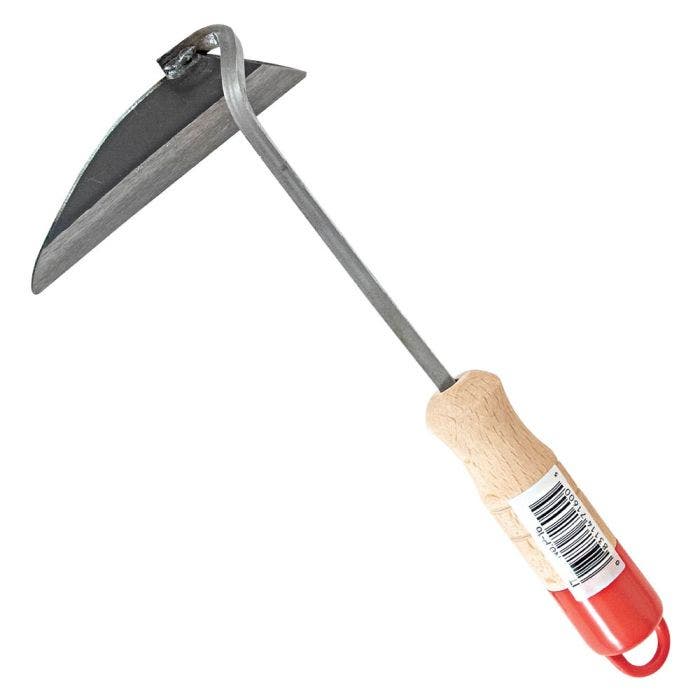
Effective Techniques for Using Weeding Tools
Using garden weeding tools effectively can make weed removal less stressful and more productive. Applying proper techniques ensures thorough weeding, prevents damage to plants, and keeps tools in good condition. Here are some practical tips to get the best results:
Proper Grip and Handling
- Always hold weeding tools with a firm grip for better control and precision.
- Use both hands when handling larger tools to reduce strain and improve stability.
- For hand tools, place your hand close to the blade for more accuracy.
- Tilt the tool slightly to target the weed’s base or root more effectively.
- Avoid overexerting your grip; use ergonomic tools to minimize strain and improve comfort.
Timing Tips for Maximum Effectiveness
- Weed after rainfall when the soil is loose and easier to work with.
- Avoid weeding in dry soil, which can make root removal tougher.
- Early mornings or late afternoons are ideal times, as the sun isn’t too harsh.
- Remove young weeds promptly before they mature and set seeds.
- Consistently inspect your garden weekly to identify weeds early and manage them.
Maintaining Tools for Prolonged Use
- Clean tools thoroughly after each use to prevent rust and soil build-up.
- Sharpen blades regularly to maintain efficiency and ease of use.
- Apply oil to metal parts to keep them rust-free and functioning smoothly.
- Store tools in a dry, shaded area to avoid damage from moisture or direct sun.
- Inspect tools for wear and tear frequently; repair or replace parts immediately if needed.
By mastering these techniques, you’ll save time and effort while improving your garden’s appearance. Make the most of your garden weeding tools for healthier soil and thriving plants.
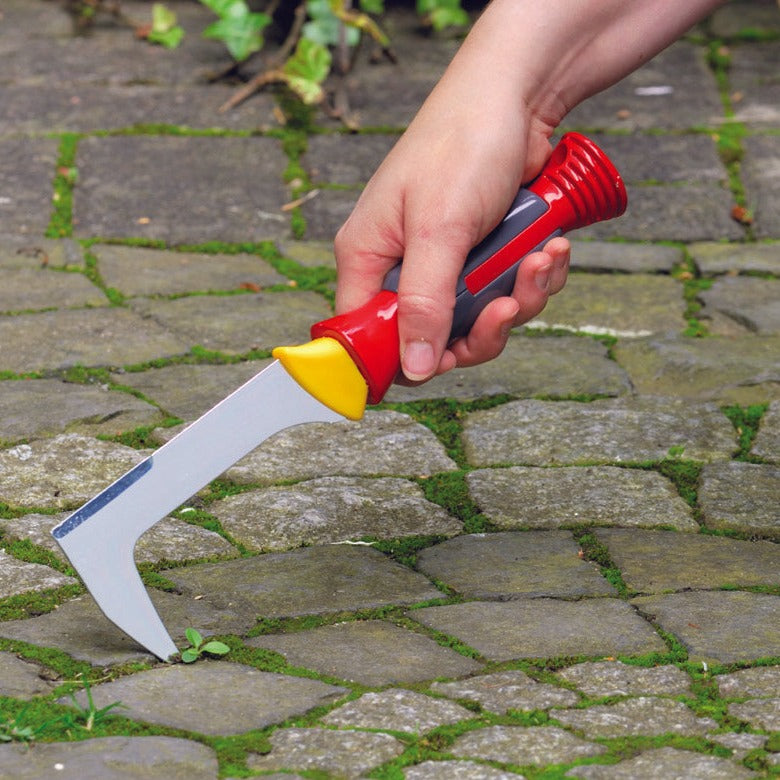
Best Practices for Weed Prevention
Preventing weeds is more efficient than repeatedly removing them. By following specific strategies, you can reduce weed growth and keep your garden healthy. Here are some proven methods to prevent weeds effectively:
Mulching to Suppress Weed Growth
Mulching creates a protective layer over the soil to block sunlight, which weeds need to grow. Organic mulches, like wood chips or straw, also improve soil quality as they decompose. Apply a 2-3 inch layer of mulch around your plants to smother weeds. Ensure the mulch doesn’t touch plant stems to avoid rot. Replenish the mulch as it decomposes to maintain its effectiveness.
Crop Spacing Strategies
Proper crop spacing minimizes open spaces where weeds thrive. Closely spaced plants create shade, reducing weed growth. Research the recommended spacing for your crops to maximize coverage. Companion planting can further assist, as certain plants naturally deter weeds. For example, dense ground covers like clover outcompete weeds by spreading rapidly.
Identifying and Targeting Problem Weeds
Know your weeds to tackle them effectively. Some weeds reproduce quickly, making early identification critical. Learn to recognize aggressive species, like crabgrass or bindweed, in your area. Remove weeds before they flower or release seeds to prevent spread. Use targeted methods, such as specific weeding tools or herbicides, for stubborn weeds. Stay vigilant and check your garden regularly to address problems early.
By applying these straightforward prevention techniques, you’ll significantly reduce the need for constant weeding. A proactive approach ensures a thriving, weed-free garden.
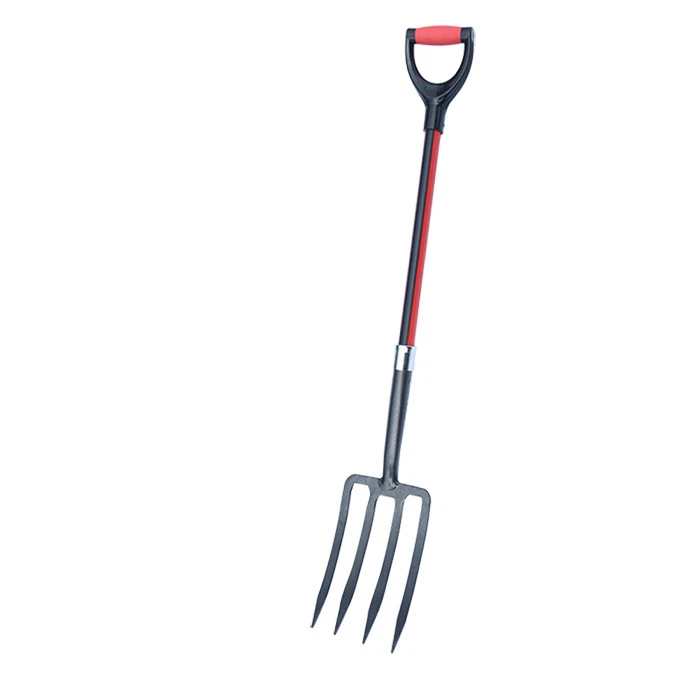
Recommended Weeding Tool Brands and Products
Choosing the right weeding tools can make your gardening easier and more effective. The right tools are essential for maintaining healthy soil and thriving plants. Below are some recommended brands and products for different gardening needs.
Top Picks for Beginner Gardeners
Beginner gardeners need simple, user-friendly tools to start their journey. Here are some great options:
- Fiskars Softouch Weeder: Lightweight with an ergonomic design for easy handling. Ideal for small weeds.
- True Temper Hand Trowel: Affordable and durable, perfect for basic garden weeding tasks.
- Scuddles Garden Tool Set: Complete kit with various hand tools for beginners, including a weeding fork.
These tools are affordable and easy to use. They minimize strain and help beginners enjoy gardening.
Professional-Grade Tools Worth Investing In
Experienced gardeners often need high-quality, long-lasting tools. Professional-grade tools can tackle tougher weeds efficiently. Below are top options:
- Nejiri Gama Hoe: Sharpened blade for effortless weed removal in dense garden areas.
- Radius Garden Root Slayer: Specialized tool designed for cutting through tough roots and stubborn weeds.
- Holt’s Crack Weeder: Perfect for removing weeds growing between pavement or narrow cracks.
- Garden Weasel WeedPopper Step and Twist: Innovative design that allows weed removal without bending or kneeling.
Investing in premium tools ensures durability and effectiveness, saving time and energy during weeding tasks.
Carefully selecting tools based on your needs can improve gardening success. Both beginner and professional-grade tools offer unique benefits for maintaining a weed-free garden.
Caring for Your Weeding Tools
Proper care extends the life and effectiveness of garden weeding tools. Regular maintenance ensures smooth functionality and prevents issues like rust or wear. Follow these essential tips to keep your tools in excellent condition.
Cleaning and Storing Tools
- Clean tools after each use: Remove dirt and debris to prevent rust formation.
- Use a wire brush or cloth: Scrub hard-to-reach areas thoroughly.
- Dry tools completely: Moisture causes rust and weakens materials.
- Apply oil to metal parts: This prevents rust and keeps mechanisms smooth.
- Store tools in stable conditions: Keep them in dry, shaded places away from extreme temperatures.
Proper cleaning and storage avoids damage and ensures tools remain functional for longer.
Sharpening and Repair Tips
- Sharpen blades often: Dull blade edges make weeding harder and less precise.
- Use sharpening stones or files: These tools are ideal for maintaining sharpness.
- Inspect for wear and tears: Check handles for cracks and blades for chips.
- Repair broken parts promptly: Replace screws, bolts, or blades to restore efficiency.
- Tighten loose handles: Ensure all parts are securely attached before use.
Regular sharpening and repair keep tools in top-notch shape, reducing effort during gardening tasks.
Extending the Lifespan of Your Tools
- Choose tools with durable materials: Stainless steel and hardwood handle wear better over time.
- Avoid heavy impacts: Excessive force can damage blades or break parts.
- Clean tools immediately after use: Neglecting this step lets soil and moisture cause wear.
- Apply protective coatings: Wax or oil extends the lifespan of metal tools.
- Store tools vertically or hanging: This prevents bending or accidental damage.
Investing time in maintenance prolongs the durability and efficiency of weeding tools.
Building Healthy Soil
Soil Testing
Healthy soil is the foundation of a thriving garden. Regular soil testing can help determine its pH, nutrient levels, and overall health. This information is crucial for addressing any deficiencies and promoting healthy plant growth.
Incorporating organic matter, such as compost, into the soil can enhance its nutrient content. It also improves soil structure and drainage, allowing for better root development. By focusing on building healthy soil, you can create an environment where plants can thrive.
Crop Rotation
Crop rotation involves changing the types of plants grown in a specific area each year. This practice enhances biodiversity and can help reduce weed pressure. Different plants have varying nutrient requirements and can disrupt the life cycles of weeds.
Implementing a crop rotation schedule can improve soil quality over time. It also serves to minimize pest and disease problems that arise from growing the same crop consecutively. As a gardener, adopting this technique enhances soil health and reduces the amount of weeding required.
Cover Crops
Cover crops are another valuable practice for promoting healthy soil. Planting cover crops, such as clover or rye, during off-seasons can protect the soil from erosion and prevent weeds. These crops act as living mulch, suppressing weed growth while improving soil quality.
When the growing season begins, you can turn the cover crops into the soil to enrich it with organic matter. This method not only helps control weeds but also provides essential nutrients for the next round of planting. Cover crops are a sustainable way to maintain healthy soil year-round.
Conclusion
Investing in the right garden weeding tools is crucial for promoting healthy soil and overall plant health. By understanding the importance of weeding and the various tools available, you can create a thriving garden environment. From hand weeders to advanced solutions like flame weeders, each tool serves its unique purpose in maintaining garden health.
In addition to using the right tools, following a regular maintenance routine will enhance your gardening success. Consider seasonal changes and organic solutions to achieve better results while promoting a healthier ecosystem. Build healthy soil through practices like crop rotation and cover cropping.
Ultimately, the effort put into weeding and maintaining your garden will pay off. A beautiful, healthy garden enhances your outdoor space and boosts your property value. By investing time and effort into weeding, you help ensure a flourishing garden that provides joy and beauty for years to come.
